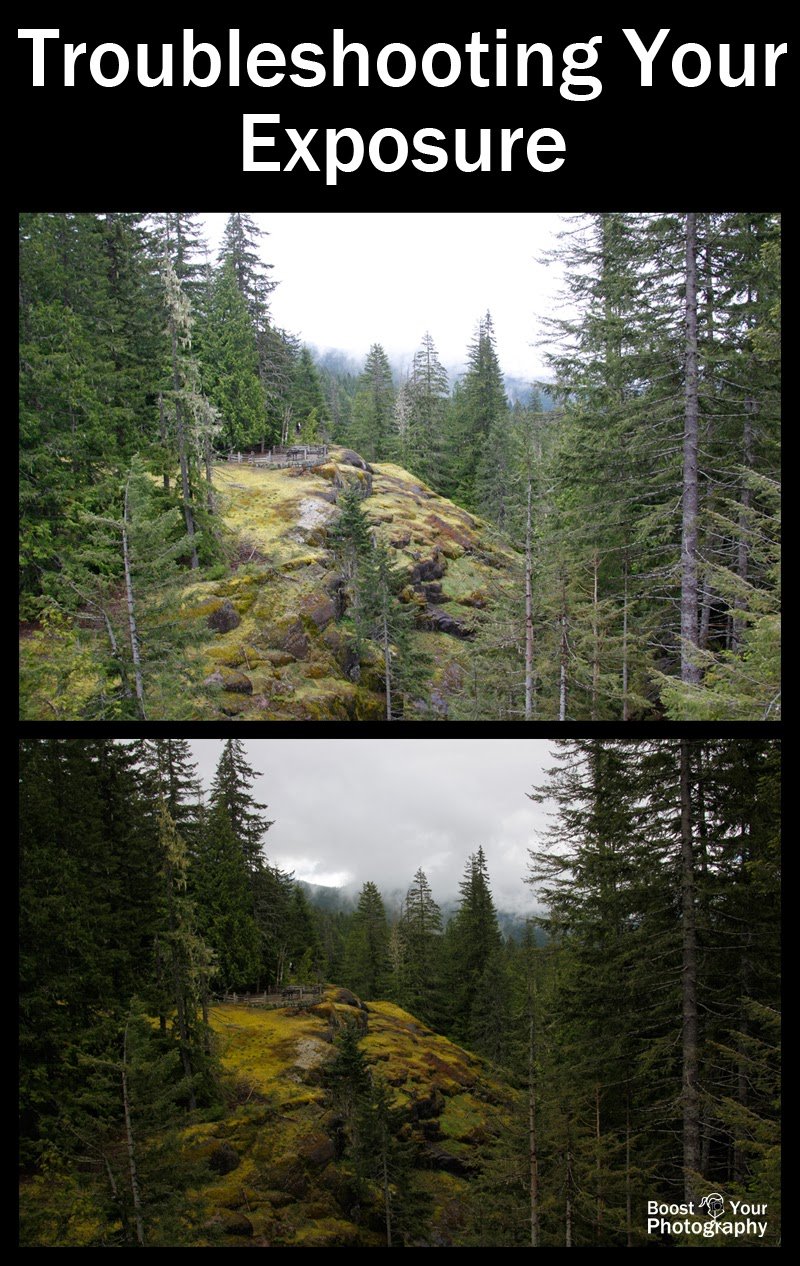
Let me explain—thresholds are like the unsung heroes of entryways, quietly keeping out rain, dirt, and bugs. But unlike most parts of your home, they’re right in the blast zone of sunlight. If you have a wooden threshold from a brand like Pemko or MD Building Products, or even a vinyl one, that daily dose of sun can eventually make it buckle or twist. Honestly, fixing a warped threshold isn’t rocket science, but it does take a little patience and the right approach.
Why Sunlight Warps Your Door Threshold
Here’s the thing: sunlight packs a double punch. Ultraviolet (UV) rays break down finishes and dry out wood, while heat makes materials expand and contract. When a threshold gets baked by the sun, wood fibers lose moisture unevenly—often warping up in the middle or curling at the edges. Vinyl and composite brands like M-D or Frost King aren’t immune either, though they sometimes twist instead of bow.
The biggest problem lies in *how* the sun hits your threshold. If one half is shaded by a porch roof or doormat, it won’t move as much as the exposed half. That tug-of-war warps the material. The finish or paint also matters; a worn-out topcoat just begs UV rays to do their worst. Even well-made thresholds, like those from Pemko, will eventually give in if they aren’t sealed and protected.
Honestly, warping is nature’s way of reminding us that “maintenance-free” usually means “maintenance-lite.” So if you notice the middle arching up or the edges lifting, direct sun is likely the main culprit. Understanding this helps you prevent future headaches once you fix things.
How to Spot (and Measure) a Warped Threshold
You might be wondering: is my threshold actually warped, or is it just settling a bit? Here’s how to tell. When you look at the threshold edge-on, a warped one won’t sit flush with the floor on all sides. It might have a hump, dip, or one corner higher than the rest. Try sliding a straight object (like a ruler or level) along its length—notice where it rocks or lifts off the surface.
Another trick: close your door. If it scrapes the threshold, sticks, or lets in light/drafts down low, the threshold’s probably out of alignment. In severe cases, you’ll even feel a slight “bump” underfoot as you walk in.
Don’t just eyeball it—get specific. Use a tape measure to see how much the threshold arches upward in the center or dips at the corners. Even a warp of 1⁄4 inch can make doors tough to open or create a gap for chilly air. Taking time to measure now will help you decide whether you can flatten it out or need a replacement.
Is Fixing a Warped Threshold Worth It?
Let’s be real: a slightly warped threshold is mostly just annoying at first. But left alone, the problem snowballs. Gaps let in rain or bugs. Doors start sticking. If you’re in a cold or humid climate, those air leaks can drive up your energy bill. There’s also the not-so-small matter of pride in your home—no one wants guests tripping over a lumpy entryway.
Most thresholds can be fixed, especially if the warp is less than 1⁄2 inch deep. Minor problems respond well to some heat, weight, and resealing. With severe warping—say, splits or huge cracks—you might save time just swapping in a new piece. Shop around for similar models from the same brand, or measure carefully for a universal fit if you’re not sure.
Here’s a quick breakdown:
- Minor warp (up to 1⁄4 inch): Usually fixable on your own.
- Moderate warp (1⁄4 to 1⁄2 inch): Fixable if wood is solid, but may require extra steps.
- Major warp (over 1⁄2 inch or split): Replacement is often the best move.
So, is fixing a warped threshold worth your weekend? If you value a smooth entry and a tight seal, definitely.
Step-by-Step: How to Fix a Warped Wooden Threshold
Let me walk you through this—no need to be intimidated, even if you’ve never touched a threshold before. Here’s what you’ll need: a heat gun or hair dryer, a heavy weight (think sandbag or toolbox), wood glue (if there are cracks), clamps (optional), and some finish or sealant for afterward. Make sure your workspace is dry and shaded.
- Clean the threshold: Sweep away dirt and debris. A grimy surface won’t flatten well or hold glue.
- Apply heat: Gently warm the warped area using a hair dryer or heat gun. Move slowly to avoid scorching the wood. The goal is to help the fibers relax and become flexible.
- Flatten with weight: Once warm, press down on the warp with a heavy object. Leave it in place for several hours, or overnight if you can. If the warp is stubborn, try clamping a flat board on top.
- Repair cracks (if needed): Squeeze wood glue into any splits, then clamp until dry.
- Reseal the threshold: Once flat, brush on a weather-resistant finish. This step really matters for brands like Pemko and MD—fresh sealant blocks out UV rays and water.
*Vinyl or composite thresholds* follow the same basic steps, but skip the glue and use caution with heat—you don’t want to melt anything.
The secret? Go slow, don’t rush the heating step, and let weight do the bulk of the work.
When (and How) to Replace a Warped Threshold
Sometimes a threshold is just too far gone. Splits, rot, or severe bowing are signs it’s time for a new one. Luckily, swapping in a replacement isn’t as scary as it sounds.
First, measure the length, width, and height of your old threshold. Check the brand, if possible—Pemko, M-D, and Frost King all have slightly different profiles. Grab a new threshold made of durable wood, aluminum, or vinyl. If your door faces intense sun, consider a model with UV-resistant coatings.
Here’s how to replace it:
- Remove the old threshold: Pry it up gently, starting at one end. Watch for nails or screws (keep these if they’re in good shape).
- Prep the area: Clean out any debris or old adhesive. Make surface as level as possible.
- Cut new threshold to size: Use a hand saw or power saw for wood; a hacksaw for aluminum or vinyl.
- Install and seal: Set the new threshold in place, screw it down, and seal edges with exterior-grade caulk. This keeps water and bugs out.
Honestly, it’s a project you can tackle in an afternoon, and the difference is instant—no more sticking doors or cold drafts.
How to Prevent Sun Warping in the Future
Now that you’ve fixed (or replaced) your threshold, let’s keep it looking good. The trick is to block those harsh UV rays and give the threshold a fighting chance. Here’s what works:
- Apply a fresh finish or paint every year—especially if it starts to look faded or dry.
- Add a doormat, plant, or tiny awning to cast some shade over the area. Even a little shade makes a big difference.
- Check the brand of your threshold—if you’re buying new, look for UV- and weather-resistant models (Pemko, MD, and Frost King all offer these).
- Inspect regularly for early signs of warping. Catching it early means easier fixes.
Prevention is always easier than repair. Just a few simple habits can add years to your threshold’s life.
Comparing Different Threshold Materials for Sun Resistance
Let’s talk about thresholds themselves for a moment. Not all are created equal—some hold up to sun exposure far better than others.
- Wood: Classic look and feel, but most prone to sun warping. Needs regular sealing or painting. Brands like Pemko offer high-quality options, but sun is still tough on them.
- Vinyl: More resistant to moisture and sun, tends to “flex” instead of warp. Can discolor or crack with age.
- Aluminum: Nearly immune to UV warping, but can get hot and sometimes dents. Great choice for sunny spots if comfort isn’t as important.
- Composite: Mix of wood fibers and plastic. Good balance between looks and sun resistance. Some brands market these as “no-maintenance”—but check reviews.
If you’re in a spot with extreme sun, aluminum or composite may be worth the upgrade—even if it costs a bit more.
Why Door Threshold Maintenance Matters
People often ignore door thresholds until there’s a real problem. But think about it—your threshold is the last barrier against dirt, water, and anything else trying to sneak in under the door. If it’s warped, you’ll get more than just drafts. Pests, moisture, and even damaging UV rays can slip through, undermining the comfort and safety of your home.
Regularly checking and maintaining your threshold isn’t just about appearances. It’s about protecting your floors and keeping your home energy-efficient. Every little gap can cost you in heating and cooling bills, especially if the threshold is letting air seep through all year long.
By learning to spot trouble early, fix small warps, or swap out thresholds when needed, you’re taking simple steps that make a real difference. And, honestly, it just feels better crossing a smooth, solid threshold every day.
It’s the little things—like a straight, sturdy threshold—that really make your home feel cared for.
Taking care of a threshold that’s warped from sun exposure doesn’t have to be overwhelming. Whether you’re gently flattening wood, picking a replacement from Pemko or MD, or just adding a little shade, every step helps. With a bit of know-how and a few basic tools, you can keep your entryway smooth, draft-free, and welcoming, no matter how hard the sun beats down.
